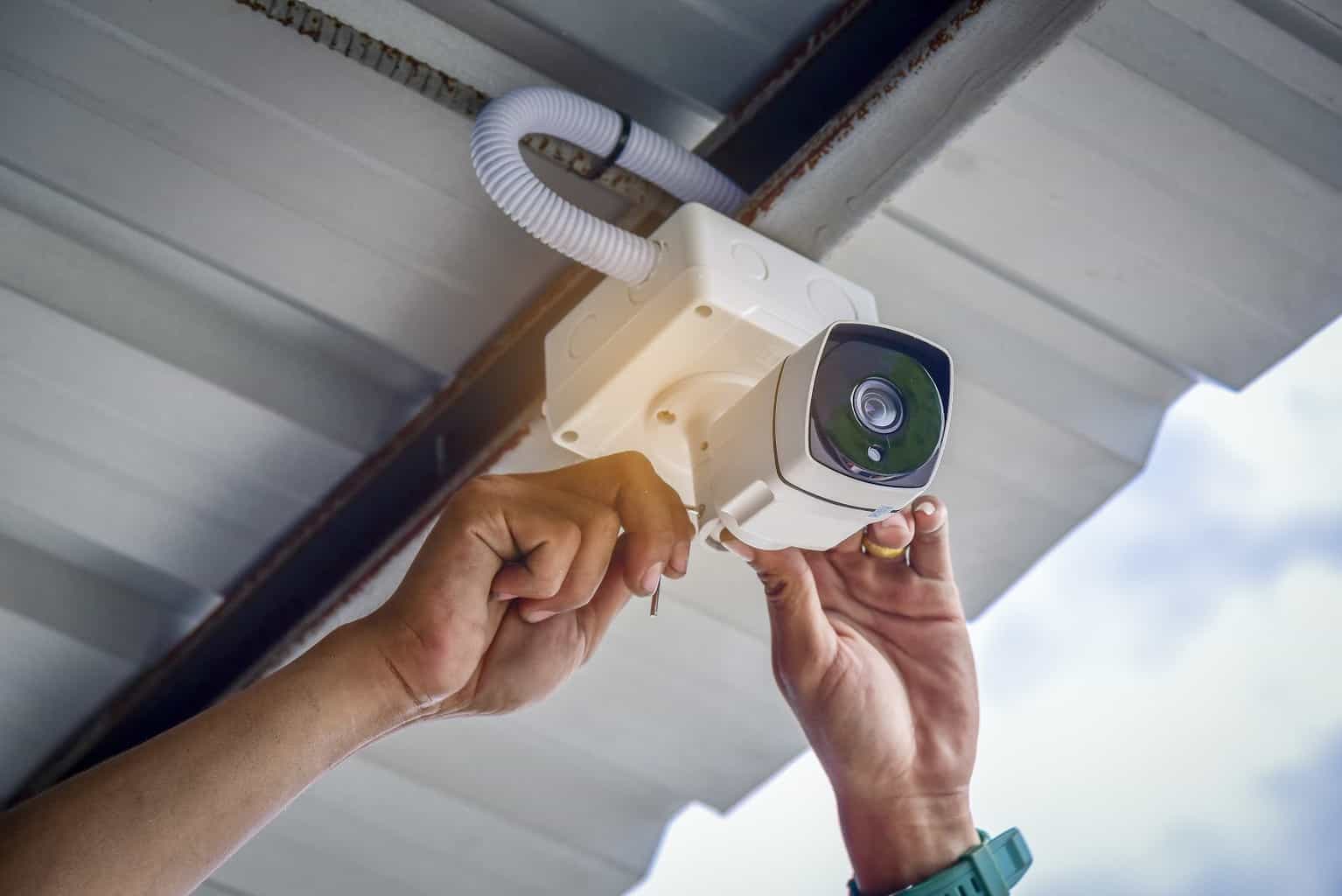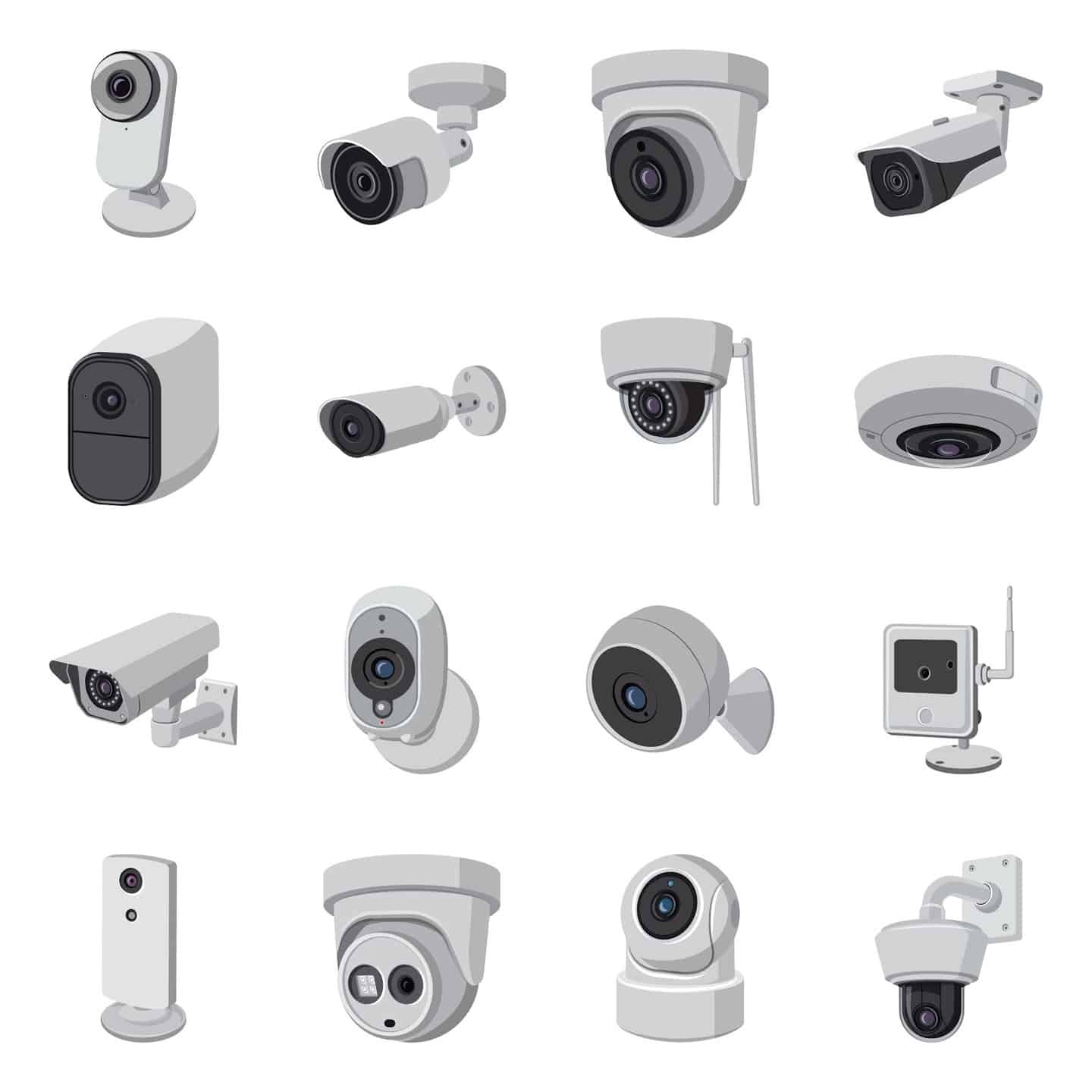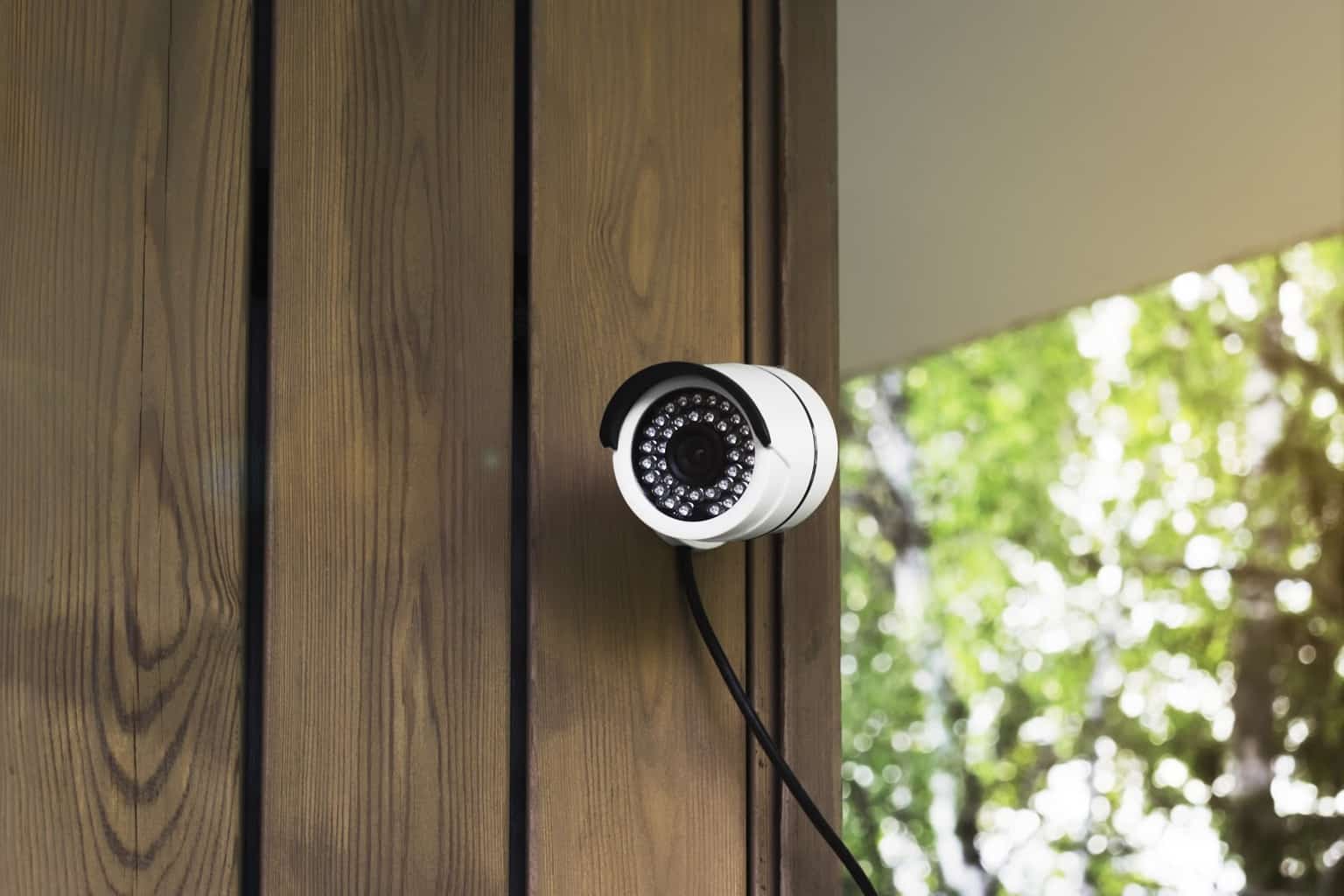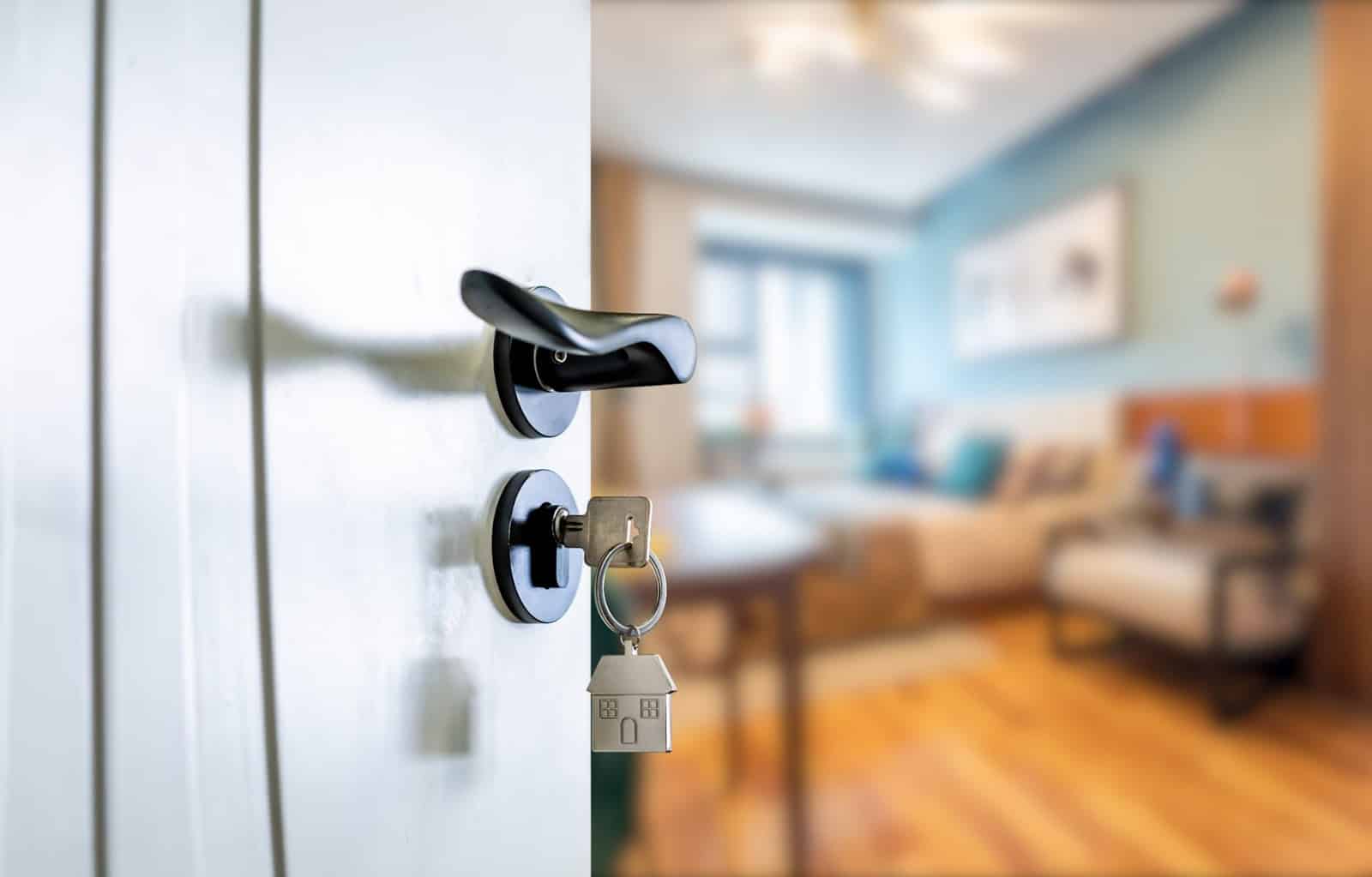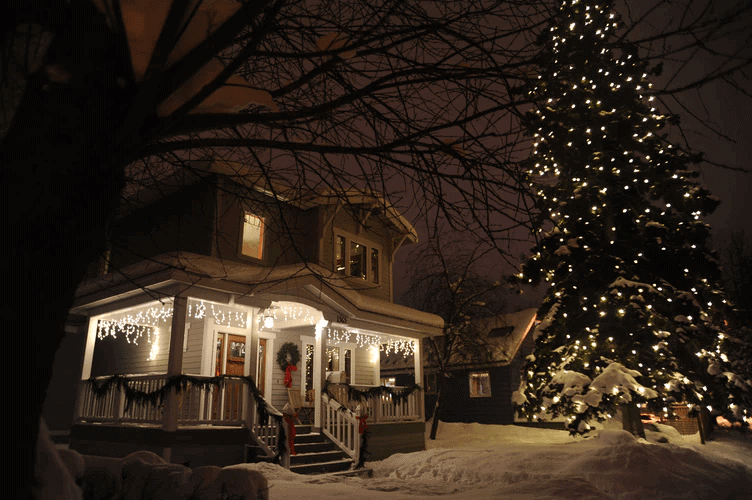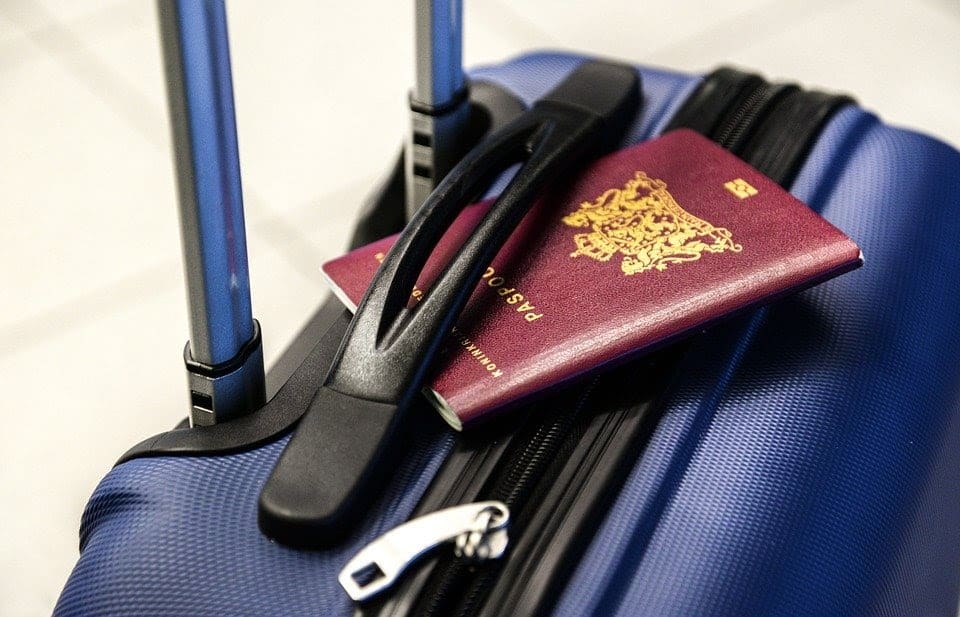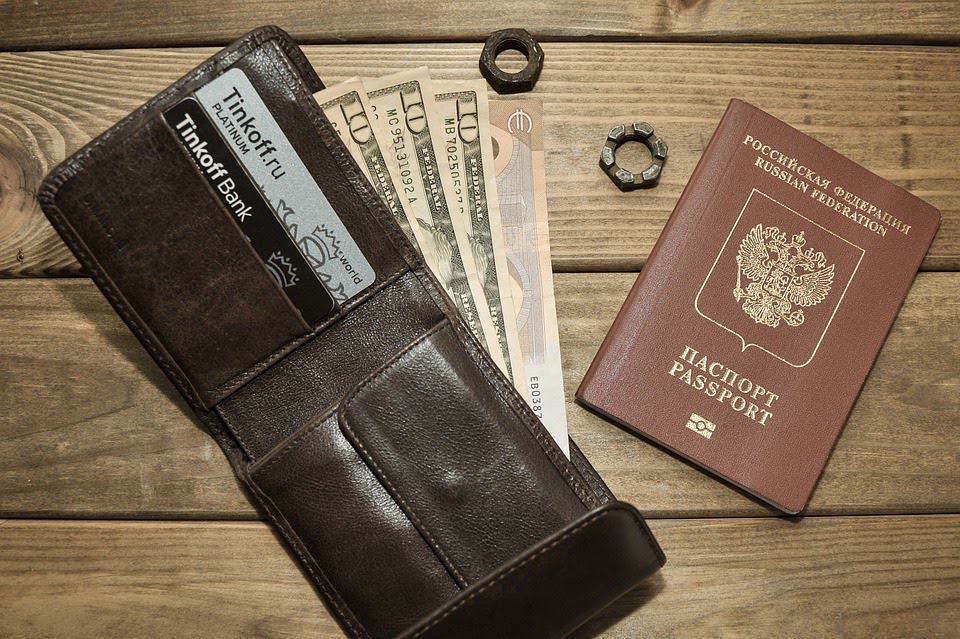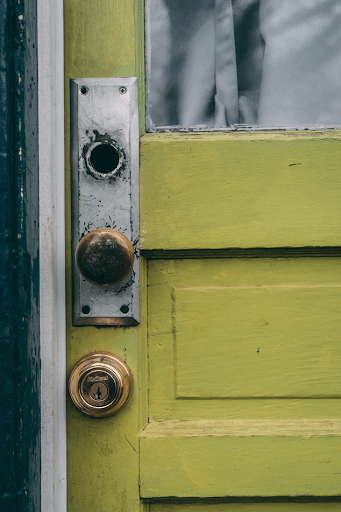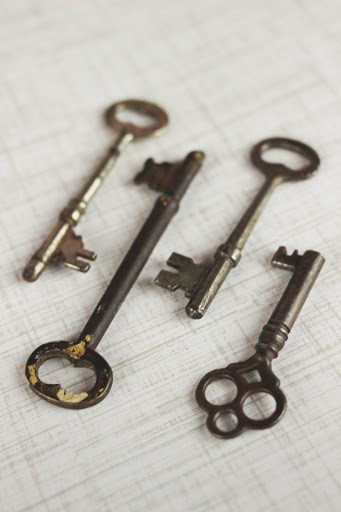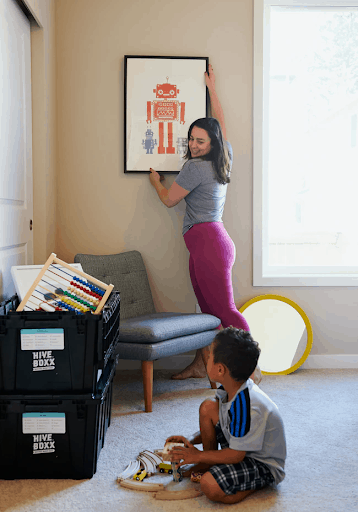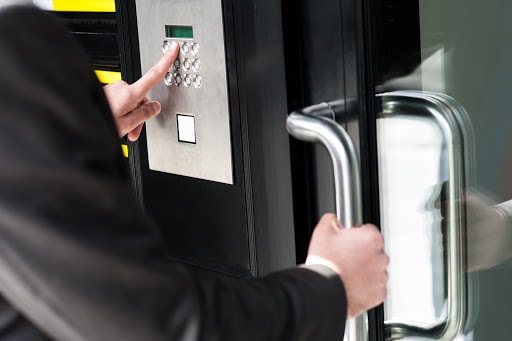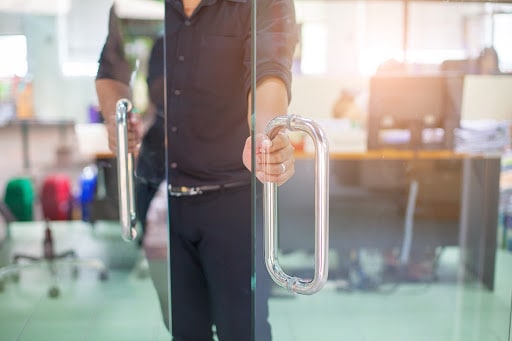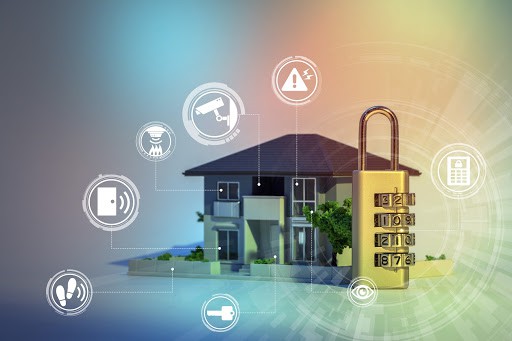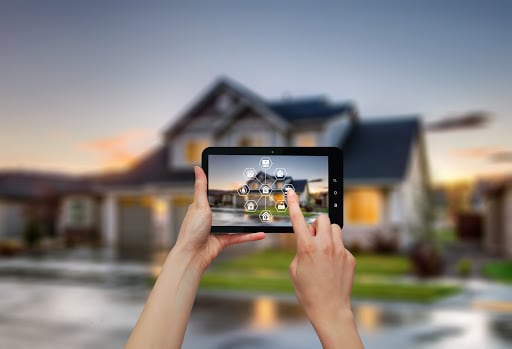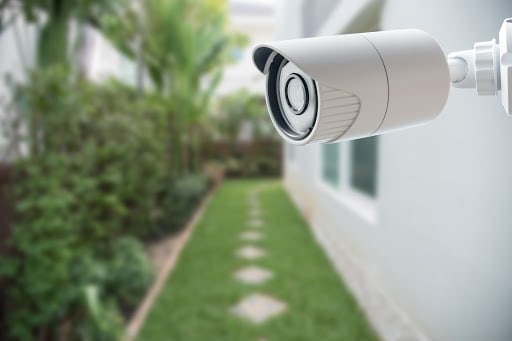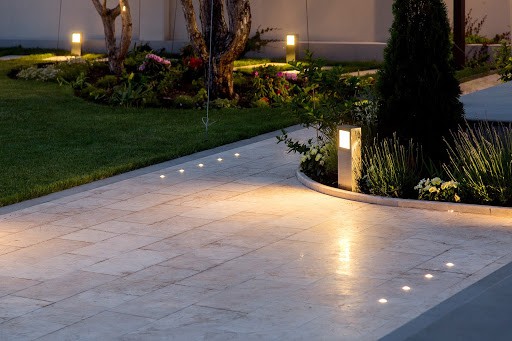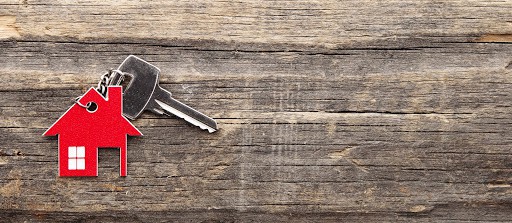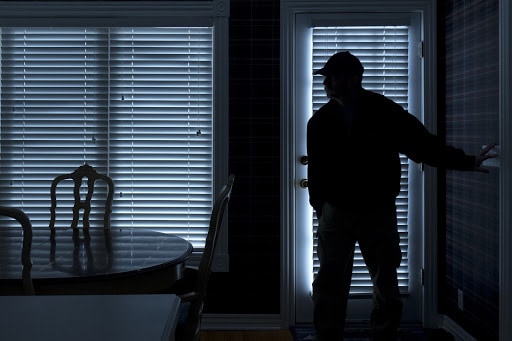The Best Ways to Secure Your Garage or Parking Location
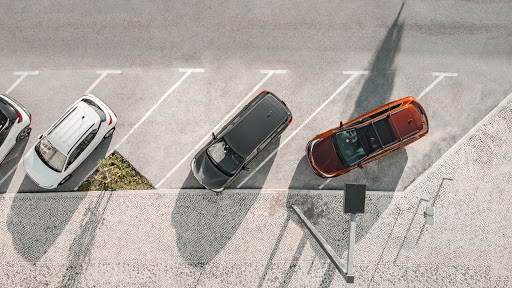
Despite being incredibly valuable — probably our most valuable asset — cars are often left outside, unprotected. This is even more surprising when considering that, according to the Bureau of Justice Statistics, more than 1 in 10 property crimes occur in parking lots or garages. The reason for the frequency is simple: home garages are easy to break into, while public or private business garages provide ample coverage and target options. Given the prevalence of automotive crime, we clearly have a lot of work to do when securing our idle vehicles.
Here, we’ll cover our top safety tips for when your car is parked in your garage, a public garage, and a business’ private garage.
Home Garage Security Tips
Personal garages are home not only to one or multiple cars, but also lawnmowers, lawn equipment, sporting gear, decoration storage, and much, much more. With all these valuables in one location, it’s surprising to consider that home garages are the most vulnerable part of a home’s structure and are a frequent entry-point for invaders. As such, it’s important to consider beefing up your garage’s internal security and not becoming too relaxed when handling garage-bound items. Here are some things you can do:
- Always Close the Garage Door
The most common cause of garage burglary is a simple mistake: leaving the door open. The fix (closing the door, of course) might seem simple enough, but it’s important to diligently practice closing your garage door every time it’s opened, in addition to locking the house door inside the garage.
- Secure Garage Door Windows
Although it’s better to not have garage door windows at all, the second-best option is to secure these openings. Since thieves often use garage doors to scope out a property’s offerings — or even as a means to enter the residence — placing a dark tarp over the glass could work as a great deterrent to both issues.
- Install Floodlights
Most thieves target home garages because they know it’s the place most likely to be neglected by property owners. Prove them wrong by installing motion-activated floodlights. Not only will these shed some much-needed light on nefarious activities, they also lend the impression of greater security surrounding the garage area.
- Hide Keys and Garage Openers
Often, homeowners will leave their car keys or garage door openers in cars parked in outside driveways, assuming their neighborhood is too safe for burglary. Be smarter: thieves can target nearly any neighborhood of their choosing. As such, it’s important to bring your keys inside every time you return home.
- Install a Garage Alarm System
When installing alarm points in your home’s security system, don’t overlook your garage! Having a motion-activated alarm can both alert you to shady activity and scare off thieves.
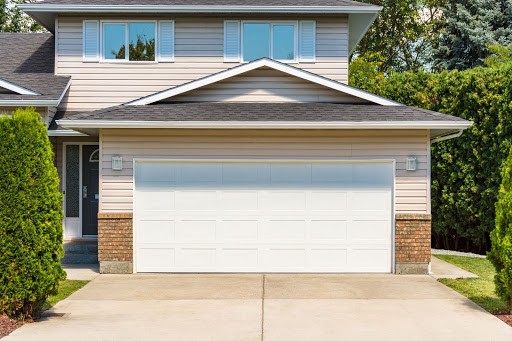
Public Garage Security Tips
Although public garage security is largely out of our control, that doesn’t mean we should leave our well-being to chance. Here are three important steps to securing your car in a public garage:
- Look for Visibility
When selecting a parking spot in a public garage, be sure to choose a spot with great visibility, meaning plenty of light and space. Thieves love to target cars parked behind shadowy columns, or cars parked away from fellow travelers since they’re less likely to be spotted. Luckily, you can avoid this situation altogether by parking among other cars in a spacious, well-lit area.
- Always Lock Behind You
A simple mental slip — forgetting to lock up when in a public space — can result in a huge expense for vehicle owners should a burglar break a window or, heaven forbid, steal your car. Stay present when leaving a public garage and wait to hear the beep! of your car locking behind you.
- Secure your Possessions
Do as the common parking lot security sign says and lock your car, take your keys, and hide your belongings. Prowling car burglars are more likely to target a car with valuables on display, so be sure to stash any laptops, purses, and shopping bags under seats or portable blankets when locking up.
Business Garage Security Tips
Business owners have an obligation to provide safe parking to employees and customers alike. Failing to do so could result in an immense amount of personal guilt, not to mention losing out on greater patrons and workers. To provide top-notch security and safety to whoever leaves their car at your doors, we recommend the following:
- Install Emergency Stations
These security devices are the large, metallic boxes with blue lights you sometimes see near parking garage elevators or exits. A small dial box allows garage attendees to easily alert security or law enforcement in case of an emergency. Given the added safety emergency stations provide, it’s not surprising that the mere presence of one or two boxes on each garage floor can be enough to reassure drivers that their car is in good hands, while also deterring potential thieves.
- Access Control / Install Security Gate
If your business parking is exclusive to employees or if you’d like to keep an eye on the clientele entering your garage, installing an access card station or security booth is the way to go. Assigning parking garage access cards to each employee to be used at a corresponding entrance booth ensures that each person entering actually works at your establishment. A security gate, on the other hand, could perform the same function with the added security of on-hand security personnel to deter on-foot intruders, or used more casually in order to ensure people entering are true customers.
- Install Video Surveillance
Having a visible, video surveillance system throughout your garage is a fantastic way to both deter thieves and monitor suspicious activity. With a 24/7 security team on standby, situations that would turn dangerous can be quickly identified and de-escalated.
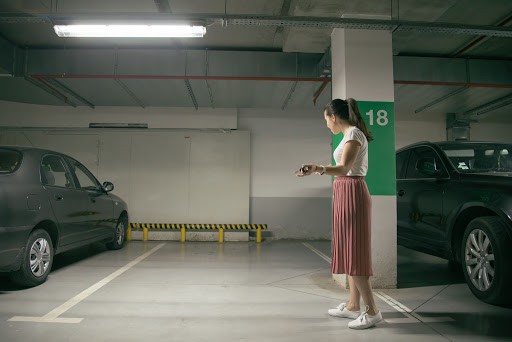
We Have Cars On Lock
When most people think “locksmith,” they think of people who repair locks on homes and businesses, and they might be right. But when it comes to Pop-A-Lock, this definition should be expanded to include automobiles and overall personal security. No matter if you need car rekeying, key fob duplication or your door is in a jamb, we’re here to help. Check out more of our services here: https://www.popalock.com/automotive/

